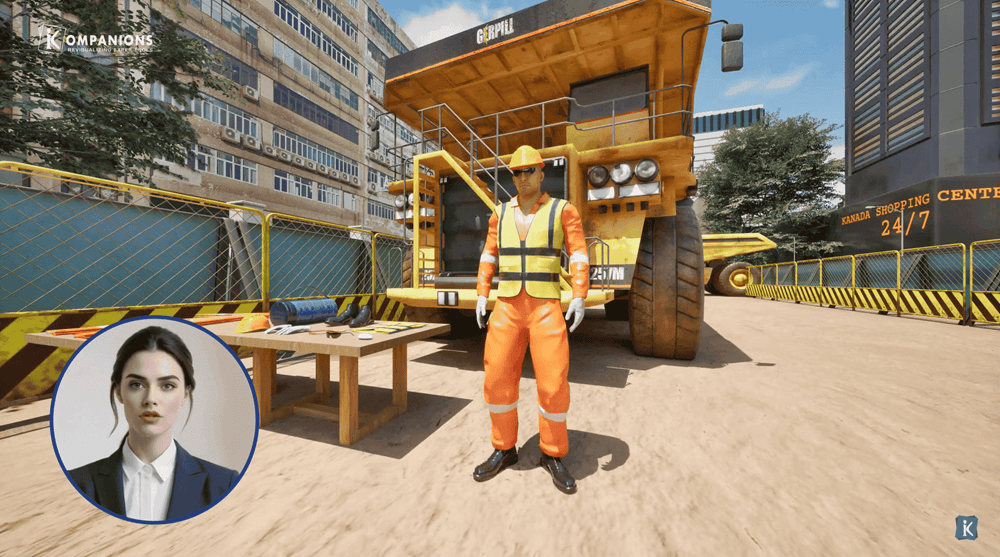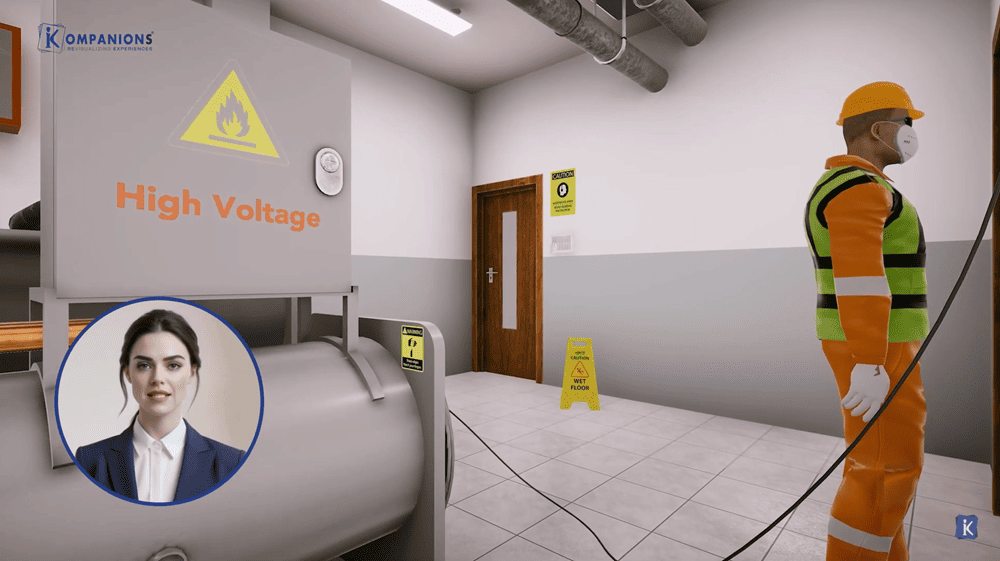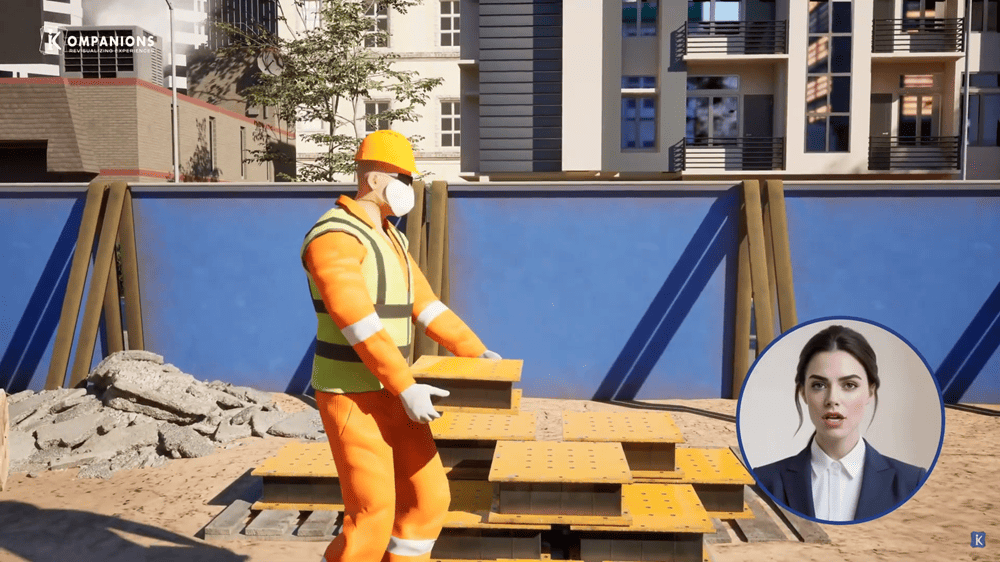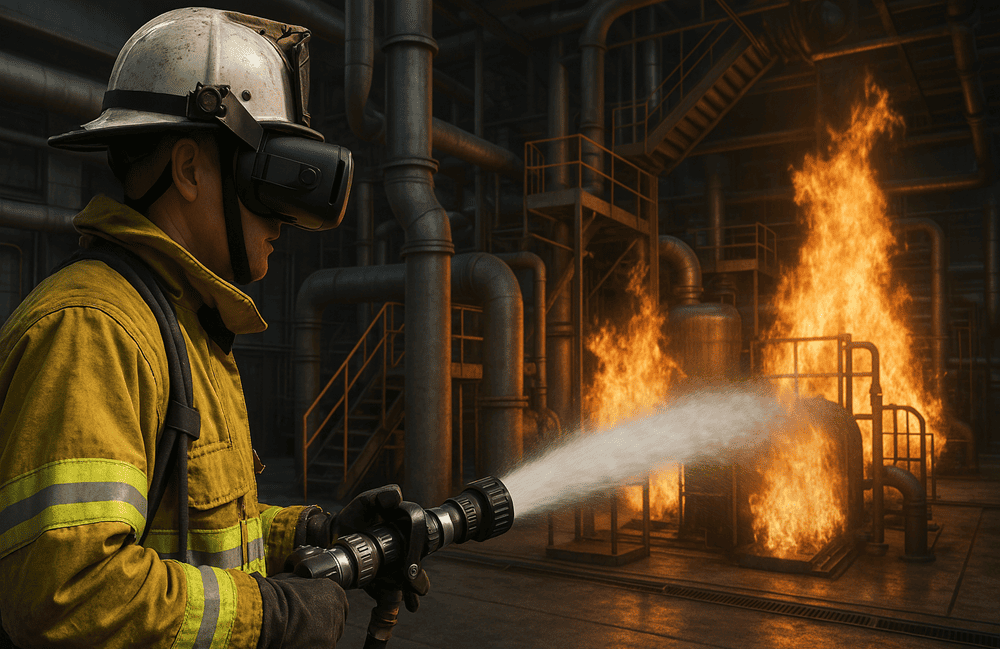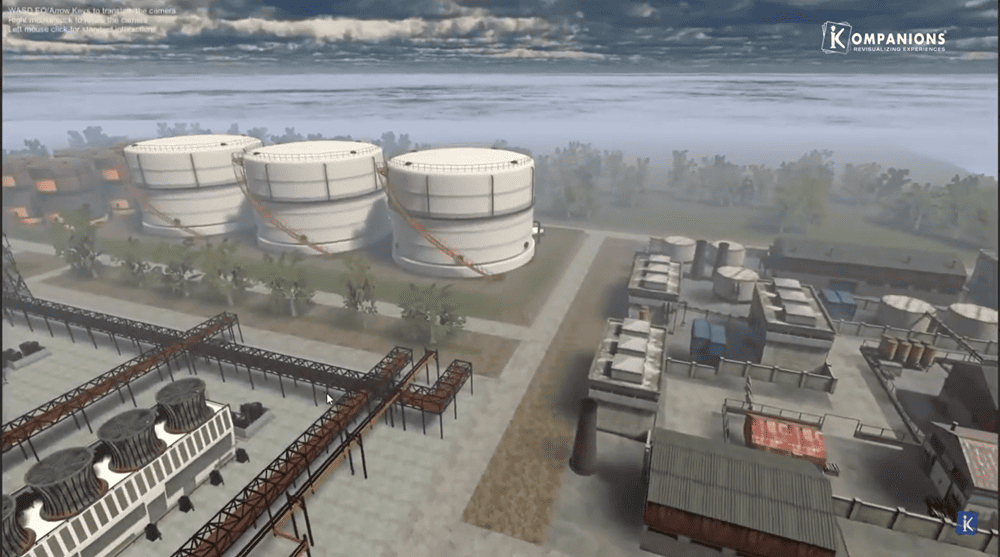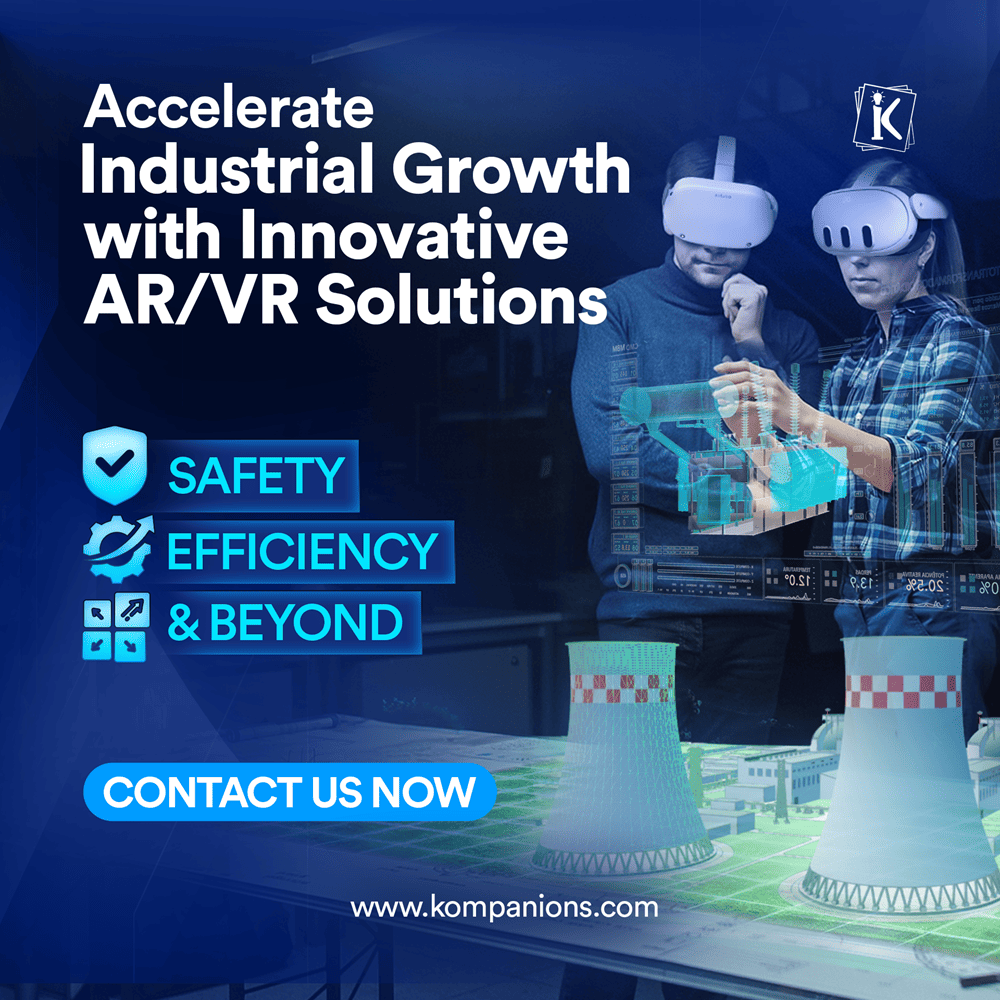VR Safety Training: The Future of Workplace Safety & Risk-Free Learning
Workplace safety has always been a top priority in high-risk industries, but traditional training methods come with limitations. Classroom sessions, manuals, and hands-on exercises often fail to replicate real-world dangers.
VR safety training is a game-changer in workplace safety that combines immersive learning with real-life simulations, allowing workers to experience hazardous situations without actual risk.
Virtual reality safety training is transforming industries like construction, oil and gas, manufacturing, and emergency response. This technology ensures workers are better prepared, reducing workplace accidents and improving retention rates.
- As per Transparency Market Research Report, the global AR/VR training market was valued at US$ 4.6B in 2021 and estimated to reach US$ 142.1B by 2031
But what exactly is VR safety training, and why is it the future? Let's explore.
What Is VR Safety Training?
In simple words, VR safety training uses immersive 3D simulations to recreate dangerous workplace scenarios. Trainees wear a VR headset and interact with the virtual environment, learning how to respond to hazardous situations in real-time.
By providing a safe yet realistic training experience, VR for safety training eliminates the risks associated with hands-on exercises while improving knowledge retention.
- Studies show that VR-based training increases knowledge retention rates by up to 75% compared to traditional training methods.
The Benefits of Virtual Reality in Safety Training
Let’s explore the benefits of VR safety training and understand how it enhance learning, reduces accidents, and boosts workplace safety.
Risk-Free Learning Environment
Workers can practice emergency procedures and hazard identification without real-world danger. With Virtual reality safety training simulations like VR fire extinguisher training or confined space VR training, employees can make mistakes, learn from them, and improve their response strategies without consequences.
Improved Knowledge Retention
Research suggests that interactive, experience-based learning is far more effective than lectures or written materials. VR safety training increases engagement and ensures that workers retain information longer and more effectively.
Cost-Effective and Scalable
Traditional training requires expensive setups, equipment, and travel. VR safety training solutions eliminate these costs by providing a reusable and scalable training program accessible from anywhere.
Realistic Simulation of Hazardous Scenarios
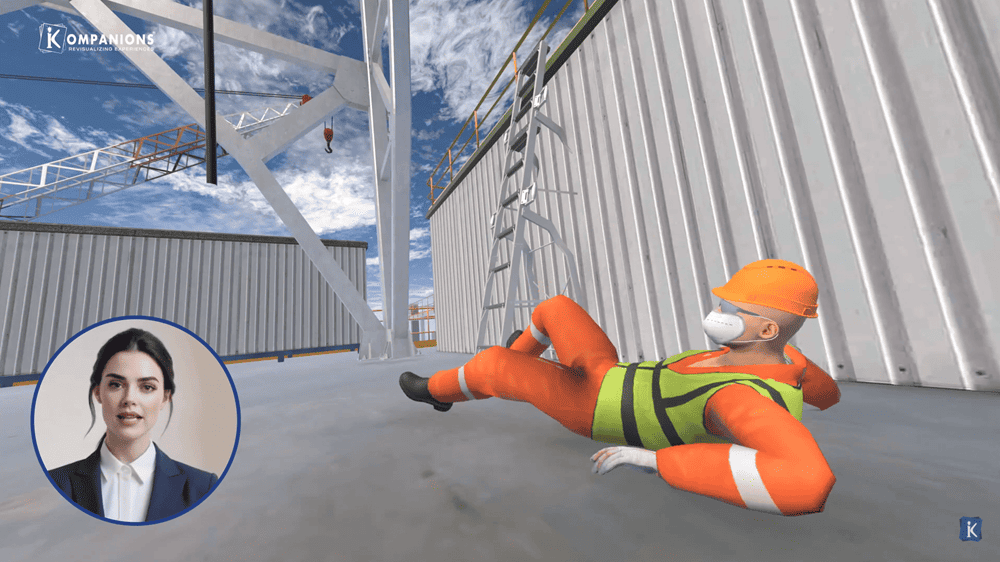 VR technology allows trainees to experience realistic, high-risk situations without being in danger. This includes virtual reality construction safety training, emergency evacuations, and electrical hazard training.
VR technology allows trainees to experience realistic, high-risk situations without being in danger. This includes virtual reality construction safety training, emergency evacuations, and electrical hazard training.
Data-Driven Performance Tracking
VR safety training solutions provide real-time analytics on trainee performance. Employers can track progress, identify skill gaps, and customize training programs accordingly.
Real-World Applications of VR Safety Training
VR safety training is being adopted across industries, from manufacturing to healthcare, to simulate hazardous situations without real-world risks. Let’s explore how different sectors are leveraging VR to enhance safety and preparedness.
Height Safety Training in VR
Falls are one of the leading causes of workplace injuries. Height safety training in VR allows workers to practice using harnesses, scaffolding, and ladders while simulating real-world conditions.
This immersive training helps workers develop the skills and confidence needed to work safely at elevated heights.
Virtual Reality Construction Safety Training
The construction industry sees a high rate of workplace injuries. Virtual reality construction safety training helps workers practice hazard recognition, fall protection, equipment operation, and site navigation before stepping onto a real construction site.
VR for Chemical Safety Training
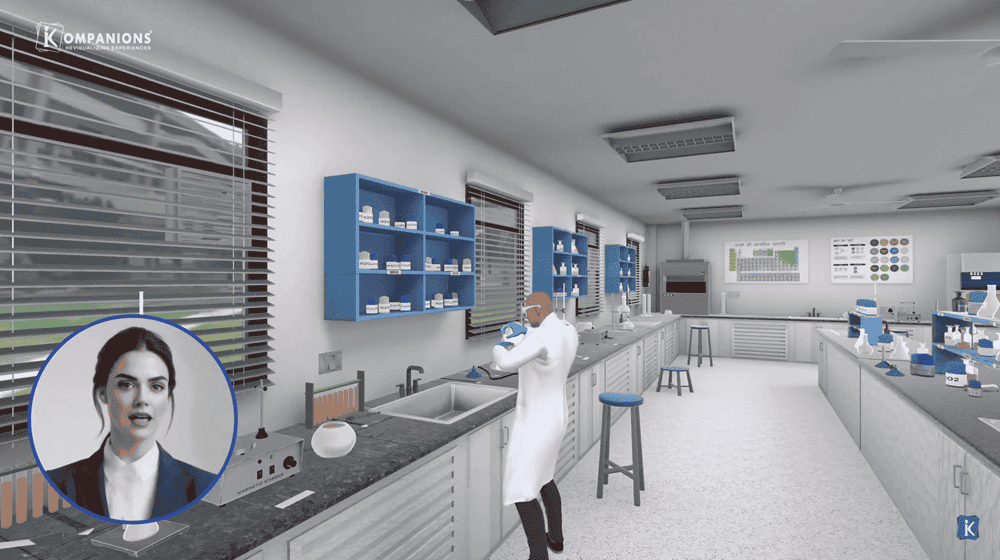 Chemical exposure poses significant risks to workers in manufacturing and laboratory environments.
Chemical exposure poses significant risks to workers in manufacturing and laboratory environments.
VR for chemical safety training provides hands-on experience in handling hazardous materials, using personal protective equipment (PPE), and responding to chemical spills without the danger of real exposure.
VR for Oil and Gas Safety Training
The oil and gas industry involves high-risk environments with potential hazards like gas leaks, fires, and equipment failures.
VR and AR for oil and gas safety training simulate emergency scenarios, allowing workers to practice proper procedures for handling spills, fire suppression, and evacuation drills.
VR Excavation Safety Training
Excavation work comes with risks such as trench collapses, underground utilities, and soil instability.
VR excavation safety training teaches workers how to recognize and mitigate excavation hazards, use protective systems, and follow trench safety guidelines.
Improve safety, reduce risks, and train smarter with VR simulations. Get in touch today!
Book A DemoConfined Space VR Training
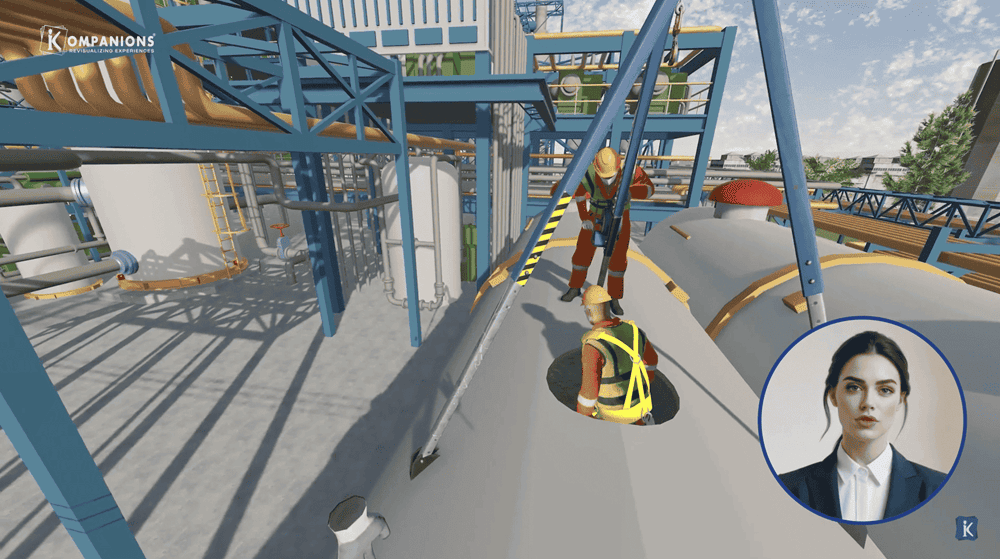 Working in confined spaces like tanks, tunnels, and pipelines poses serious risks such as oxygen deficiency and toxic exposure.
Working in confined spaces like tanks, tunnels, and pipelines poses serious risks such as oxygen deficiency and toxic exposure.
Confined space VR training prepares workers for proper entry and exit procedures, emergency response, and hazard assessment, ensuring they understand best practices in a safe environment.
Material Handling Safety Training in VR
Improper material handling can lead to serious injuries, including strains, fractures, and equipment-related accidents.
Material handling safety training in VR provides realistic simulations for proper lifting techniques, equipment operation, and load balancing to reduce workplace injuries.
Machine Tool Safety VR Training
Operating heavy machinery requires precision and adherence to safety protocols.
Machine tool safety VR training enables workers to practice using lathes, drills, and CNC machines in a controlled virtual environment, minimizing risks before handling real equipment.
Electrical Safety Training in VR
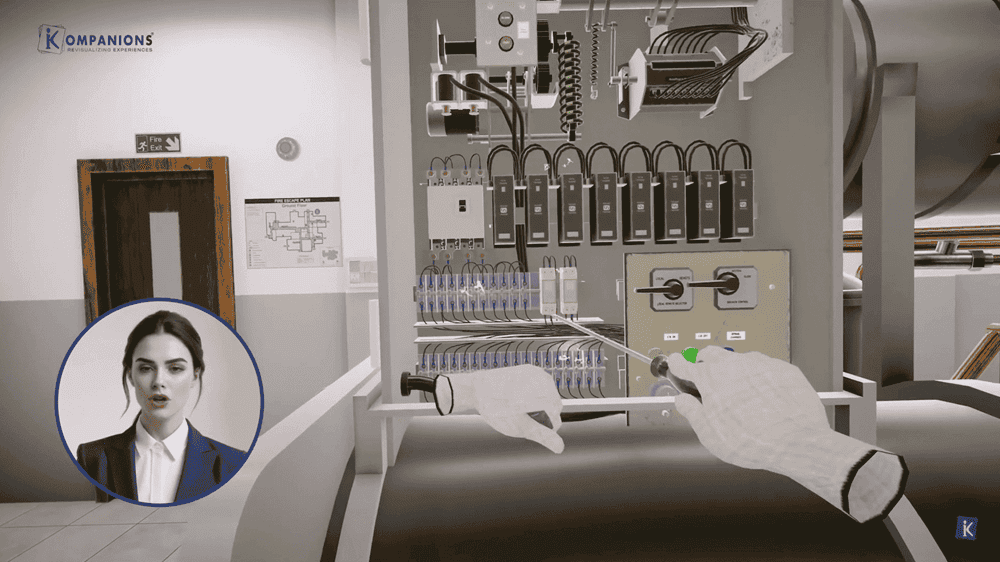 Electrical hazards can result in severe injuries or fatalities if not handled properly.
Electrical hazards can result in severe injuries or fatalities if not handled properly.
Electrical safety training in VR allows workers to practice lockout/tagout (LOTO) procedures, hazard identification, and emergency responses for electrical accidents.
The Future of VR Safety Training
As technology advances, safety training in virtual reality is becoming more sophisticated and accessible. With the integration of AI, real-time tracking, and biometric feedback, VR training programs will become even more effective at predicting and preventing workplace accidents.
Enhance safety training with immersive VR simulations for risk-free learning. Start today!
Book A DemoCompanies that adopt VR for safety training will see a significant reduction in workplace injuries, lower training costs, and improved compliance with safety regulations.
With industries like construction, oil and gas, and manufacturing leading the way, VR training is set to become the standard for workforce safety education.
Conclusion: Why Your Business Should Invest in VR Safety Training
The workplace is evolving, and so should your safety training methods. VR safety training solutions provide a risk-free, engaging, and cost-effective way to train employees while ensuring they are well-prepared for real-world hazards.
If you're ready to revolutionize your safety training program, virtual reality in construction safety, oil and gas, chemical handling, and beyond is the key to a safer, more skilled workforce.
Invest in VR safety training today and take workplace safety to the next level!

